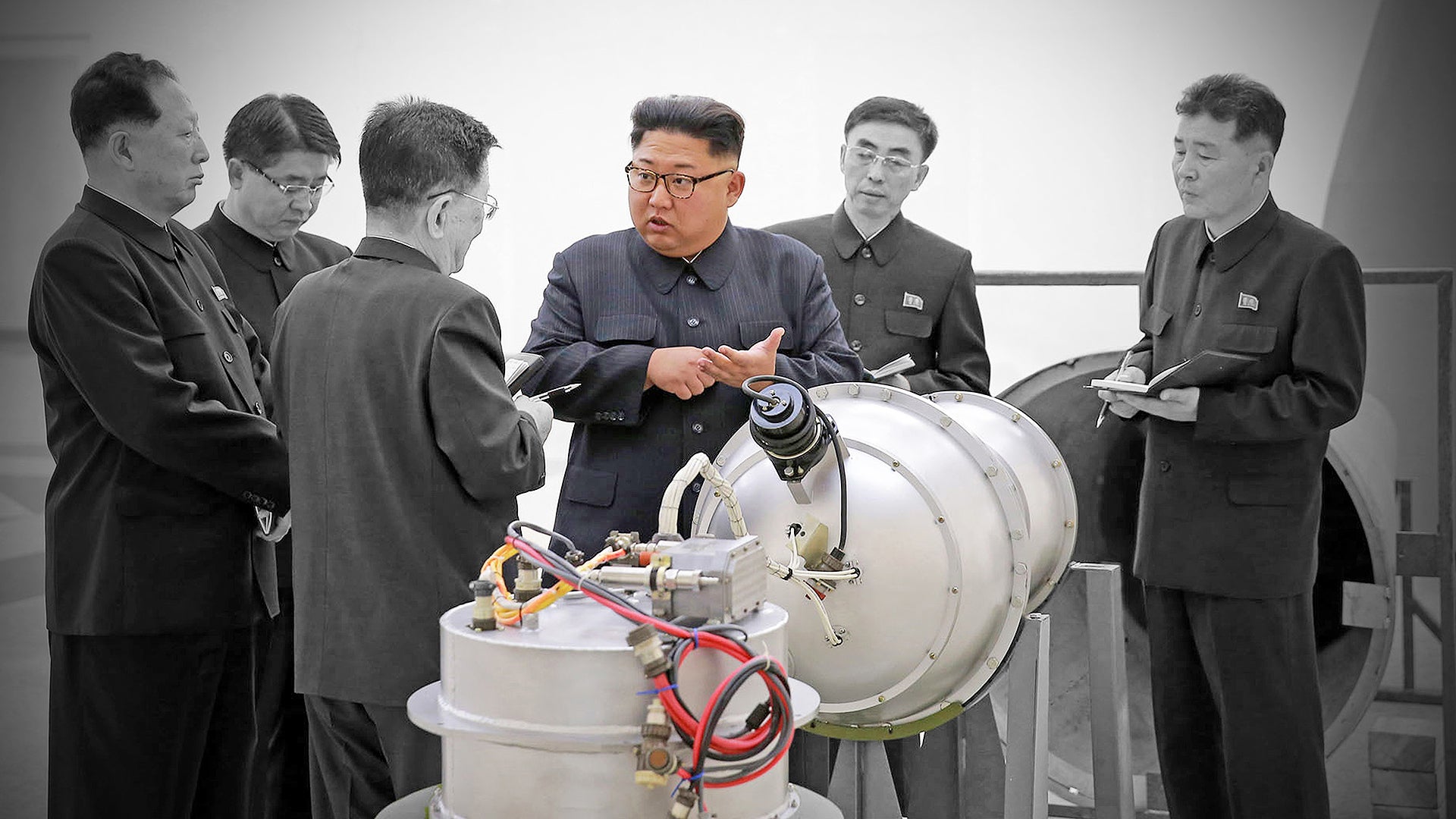As Americans return to work today after a long holiday weekend the country’s security apparatus remains hung over from days of rapidly morphing headlines regarding North Korea and its nuclear ambitions.
Things have moved so fast over the last 18 months when it comes to Pyongyang’s nuclear and missile programs that it seems as if many are in denial of just how perilous the situation has become. Above all else, the summer has underlined one cold and harsh reality—Kim Jong Un clearly has a plan and the U.S. and its allies clearly don’t. But just because we don’t have a clear strategy for taking on the Kim Regime now doesn’t mean we can’t come up with one fast, and there are plenty of options left aside from a wide scale strike on North Korea’s nuclear and missile programs or all out war.
North Korea’s actions over the last couple of weeks have been especially disturbing. The launch of an intermediate range ballistic missile over Japan, the showing off of new missile and nuclear warhead technologies, and then the testing of what was at least intended to be a thermonuclear weapon weren’t just run of the mill provocations from Pyongyang, they were game changing events.
It’s clear that North Korea’s nuclear deterrent programs have entered into warp speed developmentally speaking. With these acts, Pyongyang has advanced the nuclear standoff with the U.S. and its allies to a point many said wouldn’t be reached. We are truly in uncharted waters now and nobody seems to be trying to put together an integrated strategy for dealing with the situation that doesn’t just feature the same old failed bag of diplomatic and military tricks. It’s as if the U.S. security apparatus is simply stunned.
The President learned the hard way that bellicose rhetoric does nothing but encourage North Korea to redouble their weapons development efforts and to lash out in an escalating manner. It also works to help validate their own propaganda and innate paranoia.
So where do we go from here? Kim Jong Un clearly has a plan as to what he aims to accomplish. Some say it is to create a grand bargaining chip, others say it is to establish a credible nuclear deterrent, while some even argue Kim has even darker goals in mind. Regardless of what his end game actually is, it primarily involves the survival of his regime.
So what can be done to counter North Korea’s actions aside from the status quo lame displays of force and tough guy rhetoric? Here are the options:
Sanctions
People often ask what sanctions options are left at this point when it comes to North Korea? The answer is not many. Treasury Secretary Steve Mnuchin said over the weekend that “people need to cut off North Korea economically,” but that’s not nearly as easy as it sounds.
Mnuchin is drafting another round of sanctions against the rogue regime at this moment and there will likely be solid support for some additional economic measures within the United Nations. But the problem is that with so few arrows left in the economic sanctions quiver, any new sanctions will impact some very big international players in some pretty nasty ways.
For instance, these sanctions should and would likely include going after any company that does business with North Korea, especially within certain market sectors. Mainly these would be Chinese companies and banks, as well as some in Russia. Once again, it is highly unlikely that China and Russia would go along with these measures and the debate over such actions could spark its own diplomatic showdowns with two powerful countries that already have turbulent relations with the United States.
Textiles exports are a top industry in North Korea. Banning the purchase of apparel and clothing materials from North Korea could hurt their pocketbook, but once again, this would impact China directly as they consume most of these products. Additionally, considering North Korea’s economy is growing by three to four percent a year even after all the latest sanctions, going after this one market sector alone won’t make all that much of a difference.

North Korea’s access to energy supplies, namely oil, is likely the one remaining avenue where sanctions could have a massive impact. North Korea is largely dependent on crude oil imports from China, and without them they would have major energy shortages. Their military may be hit the hardest of all so there is a strategic impact as well when it comes to restricting oil shipments into North Korea.
But going after North Korea’s energy lifeline is a risky move. Once again, the vast majority of North Korea’s crude stocks are conveyed through China and taking away their energy supply could be seen as a counter-productive move by Beijing seeing as they want to keep North Korea on its feet. Also, such a sanctions regime, if it were to go beyond just sanctioning foreign banks and companies that trade energy supplies with Pyongyang, could take enforcement on a physical level.
If anything we have learned that sanctions, especially those that involve oil, lead to a more robust and creative black market. And that black market, along with the logistical network that supports it, can be used to move other goods and materials as well, including very dangerous ones. As such, sanctioning and controlling North Korea’s access to energy supplies, while having the potential to be highly effective, could require some heavy policing, including interdicting naval vessels that may be conveying illicit oil to the “Hermit Kingdom.” This brings us to our next category.
Blockade
The U.S., South Korea, Japan, and whoever else wants to join in as a coalition, could move to interdict all cargo coming and going from North Korea. Such an operation would be best paired with enhanced sanctions, including those against energy imports, and a U.N. resolution.
Not only such an operation allow for real enforcement of harsh sanctions past and present that will actually impact Kim’s regime, but it will also surround North Korea with a coalition of coalition vessels that can turn from a policing and enforcement mission to a combat one in a blink of an eye. It will also likely allow for U.S., South Korean, and allied intelligence to interdict other contraband, including key weapons components. North Korea has poor airlift capabilities and their aircraft are easily trackable, so such an operation could even slow their weapons development programs considerably.
Yes, this would be an escalation, but at least it would be a meaningful one, not just another meaningless “show of force.” Any significant act could cause North Korea to start a conflict, but meaningful pressure combined with negotiation is more likely to push Kim to the negotiating table than the status quo. And that brings us to our next category.
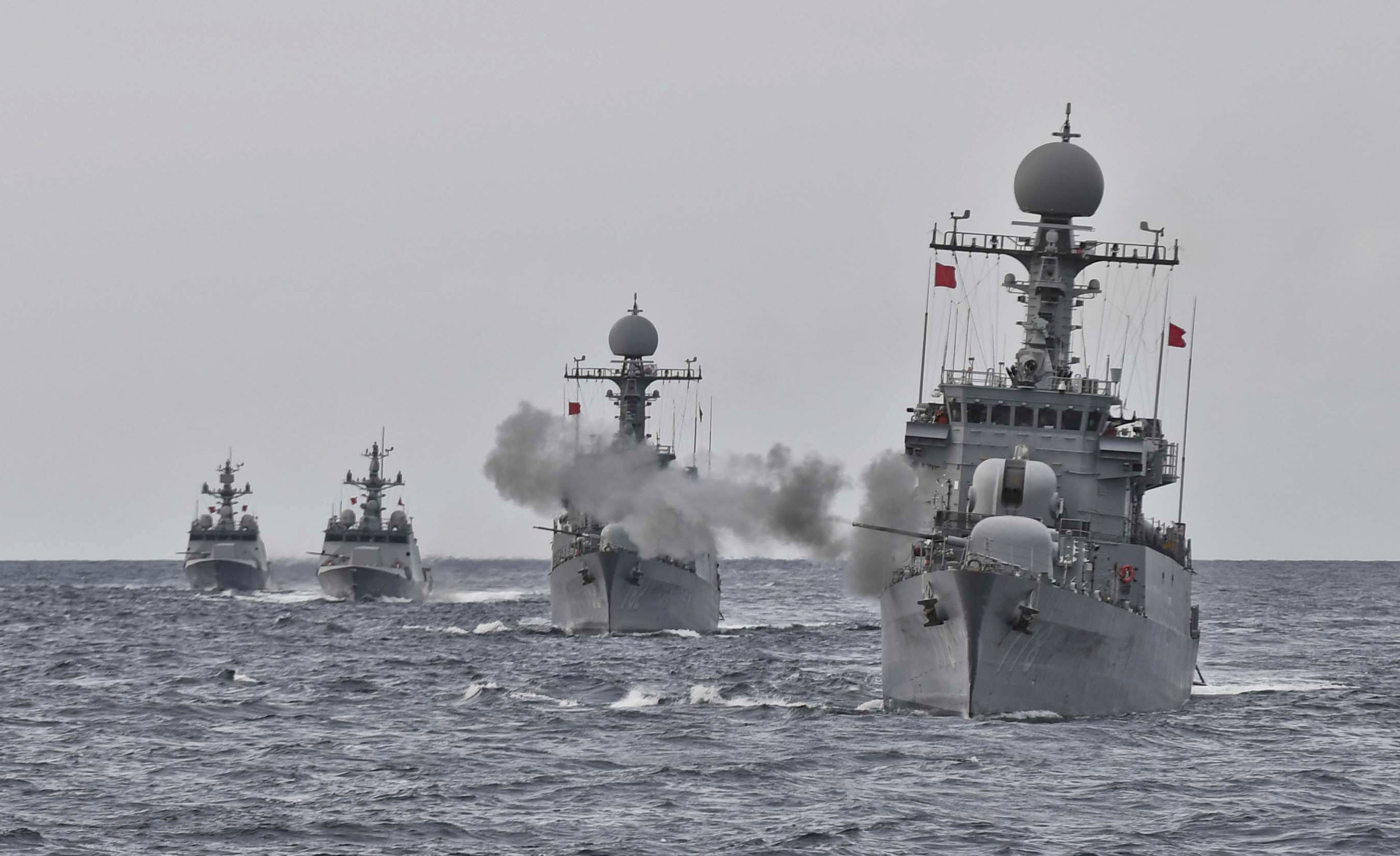
Negotiation
The backchannel, half measured, multi-national negotiation tactics of the past don’t work. The President should call on Kim Jong Un for unilateral top-level negotiations at a neutral site, like he once said he as going to do. The U.S. should be willing to accept a freeze of all North Korean missile and nuclear tests, as well as missile and nuclear weapons production in a verifiable manner, with a roadmap to deescalation and enhanced relations for all parties.
We have discussed this in detail before, but the idea that Kim will hand over his nuclear weapons and missiles as part of some deal is lunacy—it will never happen. It is expecting full capitulation by choice not by necessity, and Kim knows full well what happens to dictators who play ball with the U.S. in this fashion (see Muammar Gaddafi).
But freezing Kim’s arsenal and keeping close tabs on it would be a worthwhile compromise, especially if a pathway towards deescalation and more normalized relations with Pyongyang underpin such a deal.
Once again, the Trump Administration has stated as late as today that denuclearization would be the only outcome that would be acceptable via negotiations, so this is a non-starter.
Clear Messaging And Ultimatums
The fact that the U.S. has no plan to deal with the North Korean crisis beyond a war plan if hostilities were to erupt physically is made clear by the vague rhetoric put forward by Washington. This isn’t just Trump’s problem, the Obama Administration—which largely ignored the North Korean problem while it festered—was also a repeat offender. Clear and defined messaging that includes consequences for certain acts could alter North Korea’s current trajectory, but it comes at great risk as such statements have to be backed with actual force.
For instance, giving North Korea a defined series of red lines and the consequences of stepping over them would be a good place to start. First off, clearly stating that any attempted use of a nuclear weapon against the U.S. or its allies would result in an overwhelming nuclear counterstrike by the U.S.—one that would result in the definitive end of the Kim regime—could be one place to start.
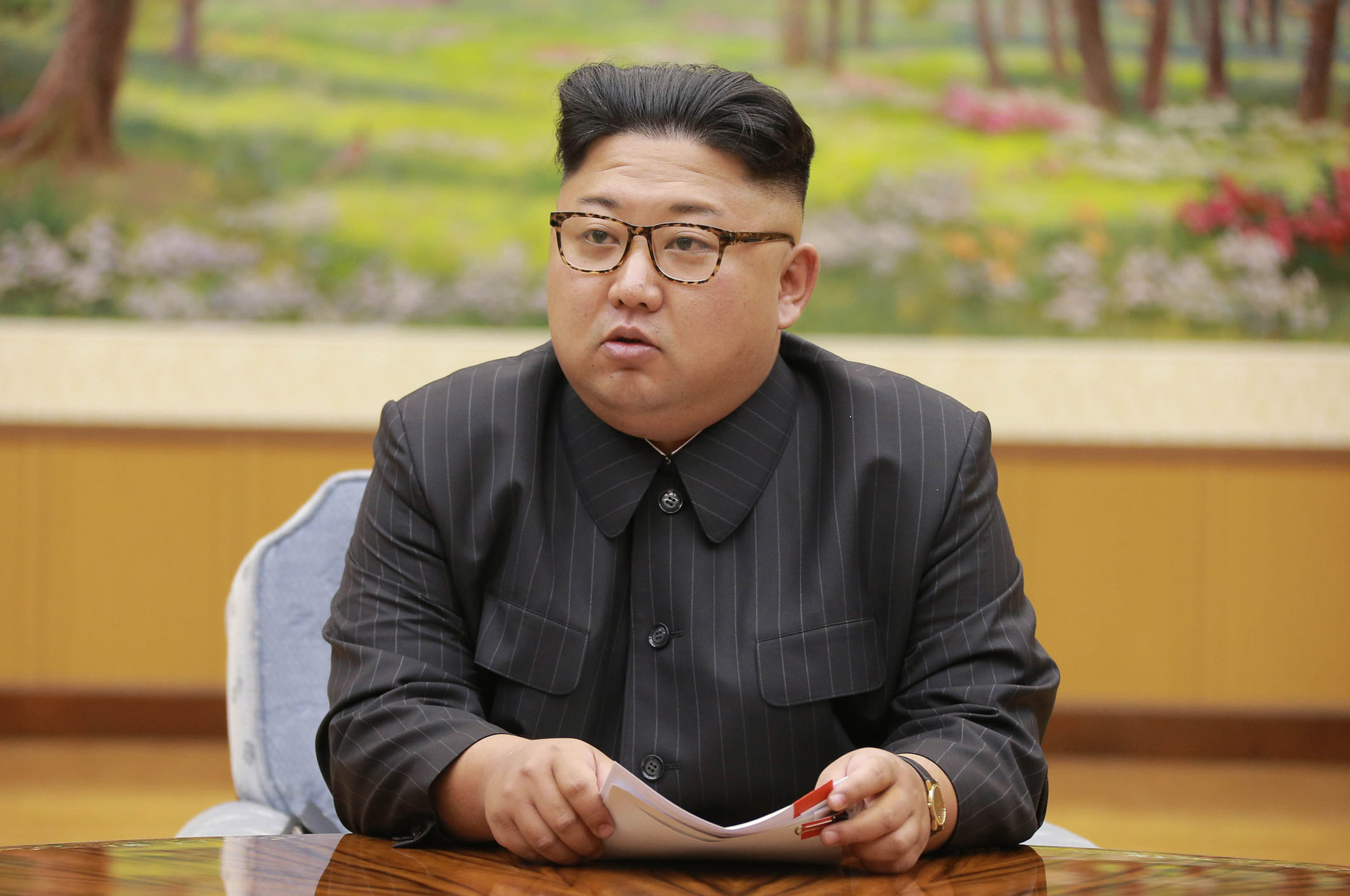
Making it clear that any major conflict, either nuclear or conventional, between North and South Korea would result in the instant orders to eradicate the Kim regime and that America’s “unique” capabilities will be brought to bear to make sure this occurs in short order could also blunt North Korea’s aggression. Other detailed warnings, like stating that their entire submarine fleet will be sunk if they sink one allied ship, could also be put forward, and so on.
The U.S. and its allies could also state that any further IRBM and ICBM tests would be destroyed preemptively or during flight as seen fit. Striking these missiles while they are being fueled is doable, but it would mean the introduction of kinetic strikes on North Korean soil—a move that could very well lead to full scale war. Striking them down during flight is possible under certain circumstances, but not in a reliable fashion, although it is a far less risky option. This brings us to our next category.
Enhanced Missile Defenses
Oftentimes people ask why we don’t just shoot down North Korea’s missile tests. The reason is that it’s not always certain that we have assets in the right place to engage these missiles and some missiles aren’t even within our reach. Additionally, America’s ballistic missile defense ecosystem has performed better in testing, but it is no way a highly reliable system. Trying to shoot down North Korean missiles and missing would have broad strategic implications and could highlight operational weaknesses in operational missile defense systems.
Currently the only system that is built to shoot down an ICBM is the ground-based missile defense interceptor system based in Alaska. Kim would have to attack the U.S., or come closer to doing it, for these interceptors to have a chance at engaging such a target. Aside from the IRBM that overflew Japan last month, North Korea uses steep parabolic trajectories to test their missiles.
Our ship-based Aegis missile defense systems are not set up to deal with this type of target and the THAAD battery already setup in South Korea has a limited engagement zone that puts missiles flying outside of South Korea’s borders largely beyond their engagement capabilities. If anything, it may be possible to shoot down these missiles during their reentry phase, but by that time much of the useful data would have been collected by North Korean scientists.

The installation of permanent Aegis Ashore sites in Japan would help with missile defense and for shooting down North Korean test missiles up to the IRBM class. In addition, making sure Japan gets the latest Aegis Ashore subsystems, including both SM-3 missiles for mid-course intercept and SM-6 missiles for terminal intercept, as well as the new SPY-6 radar to guide them, is key.
Stationing Aegis BMD capable surface combatants between North Korean and Guam would also provide the ability to shoot down IRBMs that fly traditional down-range trajectories during their mid-course phase of flight. Guam has a THAAD battery, but the system is used primarily to engage missile threats during their terminal phase of attack. A far more elaborate missile defense plan may be in order based on recent developments—one that would see ground based missile defense interceptors be stationed in new locations, like Guam and Hawaii.
Hawaii is particular is alarmingly vulnerable to a North Korean missile attack. Considering its strategic importance and history when it comes to surprise attacks, installing ground-based ICBM interceptors there seems like a smart move. If they can be adapted to engage ICBM targets earlier during their mid-course phase, even placing these missiles on Guam would make sense as well. Regardless of the cost, this “layered” ICBM defense system could help neutralize Kim’s arsenal at least for the foreseeable future.
Such an expansion of anti-ballistic missile capabilities would come at a very high cost, and it will surely enrage China and Russia, but it is one thing the U.S. and its allies could do if we are to settle into a long-term nuclear standoff with the Kim regime.
Forward Deploy Tactical Nukes
Bringing tactical nuclear weapons to the region would be a bold and somewhat depressing move by the U.S., but it could be seen as a very real and persistent deterrent against North Korean aggression.
South Korea had hosted U.S. tactical nuclear weapons up until 1991, when the decision to withdraw them was made to entice the North Koreans into agreeing to nuclear inspections. Bringing those weapons back to South Korea, where they could be deployed on short notice, would send a very strong signal to Pyongyang, but doing so is not without drawbacks.
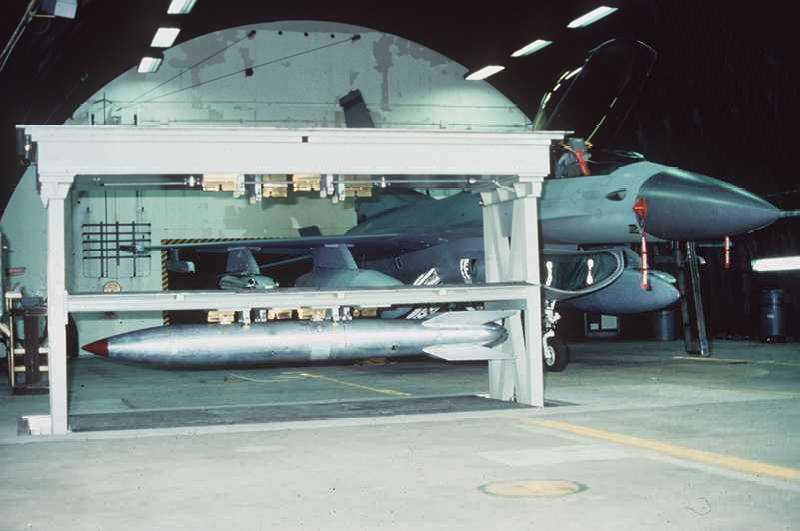
When it comes to nuclear weapons proliferation and arms control, redeploying nuclear weapons to a denuclearized country sure isn’t seen as a step in a positive direction. Also they could serve only to fuel North Korea’s paranoia and thus their own nuclear arms programs.
The weapons are costly to deploy and training crews to employ them is also a major commitment. In addition, neighboring countries, including China and Russia, may have strong objection to their presence. Tensions would also elevate on the Peninsula as a result of their presence and mistakes can be easily made. In North Korea’s eyes any U.S. fighter could be a nuclear threat, which would lighten the North’s already twitchy trigger finger.
Deterrence has to be coupled with a willingness to use the weapons. If the US puts tactical nukes back in to South Korea, the implication is that commanders have to be ready to use them and we don’t have a “no first use” policy. But even with these concerns, moving nuclear weapons back onto the Korean Peninsula may be one of the last major non-kinetic military responses the U.S. has left to offer. And considering we have them sitting in Turkey, they are actually safer in South Korea than there.
There is also the possibility of having South Korea field their own nuclear weapons in the form of a submarine-launched second-strike deterrent. This has long been viewed as a highly unwanted development by most in the past by most security and arms control experts, but hardliners in South Korea are already demanding it, and popular opinion could begin to change in light of recent developments. Doing so could be a first step to a nuclear arms race in the region, but South Korea has a right to defend itself and Donald Trump has even floated the idea in the past.
Cyber Warfare And Electronic Attacks
Executing cyber attacks on North Korea would have limited impact as the country is not as reliant on the internet—and computers overall for that matter—as most nations. Also, North Korea has some very capable cyber capabilities of its own, ones that could potentially wreak far more havoc on the United States and its allies than vice-versa.
With this in mind, instigating a cyber war against North Korea seems like a strategy with limited upside and a lot of downside. Still, limited clandestine and masked attacks on regime and military related cyber targets may be worthwhile in concert with other measures. It is doubtful that these tactics have not already been deployed, especially those targeting North Korea’s nuclear and missile programs.
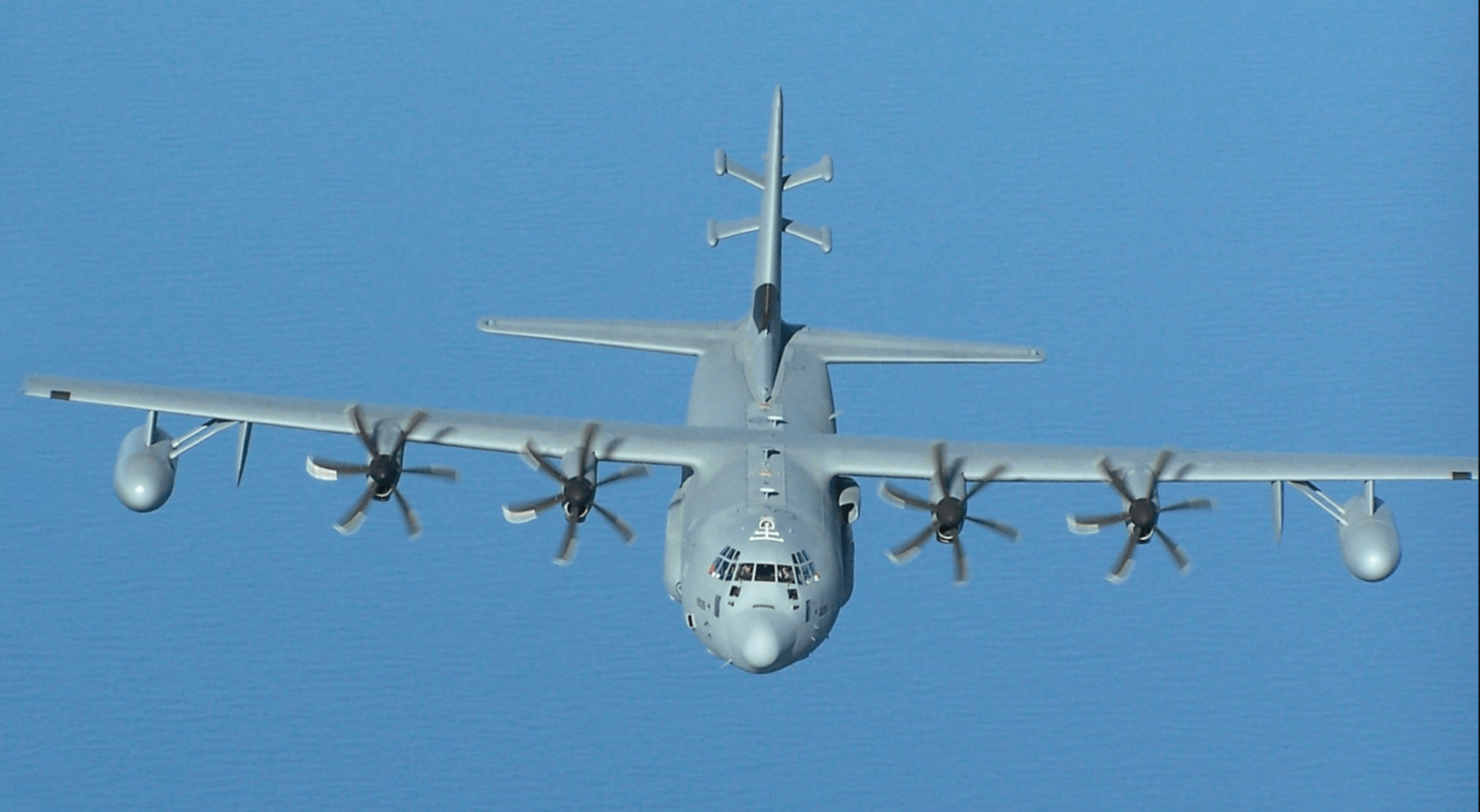
The application of electronic warfare may limit North Korea’s ability to monitor and gain data from its missile and nuclear tests, but jamming line-of-sight data links may be troublesome and having aircraft airborne and ready to scramble these transmissions at the time of a tests would be a big logistical undertaking. Still, if these challenges could be overcome, this may be one non-invasive measure that could slow North Korea’s nuclear and missile development.
Psychological Warfare Campaign
One thing the Kim regime is known to despise is psychological operations aimed at shattering North Koreans’ programmatic and largely farcical view of their society, culture, and their general place in the world. The broadcasting of South Korean soap operas and K-pop music via loudspeaker across the DMZ, along with messages that dispel myths perpetrated by the regime, has almost brought the two sides to war in the recent past. These broadcasts, along with airborne radio broadcasts, and even literature dropped into North Korean territory by balloon, could antagonize the Kim regime and serve to undermine their propaganda.
The status quo isn’t a plan at all
The fact of the matter is that any new measures brought against North Korea, military or otherwise, involve risk, some of them far more than others. But the alternative of just doing nothing and sticking with the status quo—a battle the U.S. and its allies are losing—isn’t just a poor plan, it isn’t a plan at all. Flying bombers toward North Korea as photo ops and warning the Kim regime of red lines that keep being skipped over via tough-guy rhetoric is becoming embarrassingly futile and it harms the credibility of the United States.
It’s also unlikely that any one of these options alone will bring a positive end to hostilities on the Korean Peninsula, but a cocktail of them, with each measure being executed along with clear, concise, and honest messaging could very well work in America’s favor. But once again, none of this matters if the only solution the Trump Administration will accept is total capitulation by the North Koreans and the turning over of all their nuclear weapons and missiles. This is a fantasy, and this type of rigid thinking will either lead to a long term standoff with the U.S. and its allies having to live with an ever increasing North Korean nuclear weapons and missile arsenal, both in terms of size and capability, or an outright war.
If war is truly the only solution, which I don’t believe is the case by any means, than it is better to get it over with sooner or than later as Kim’s hand grows stronger by the day. Although the death toll and level of destruction would be immense, the rebuilding program that comes after would likely be a far greater challenge than the war itself.
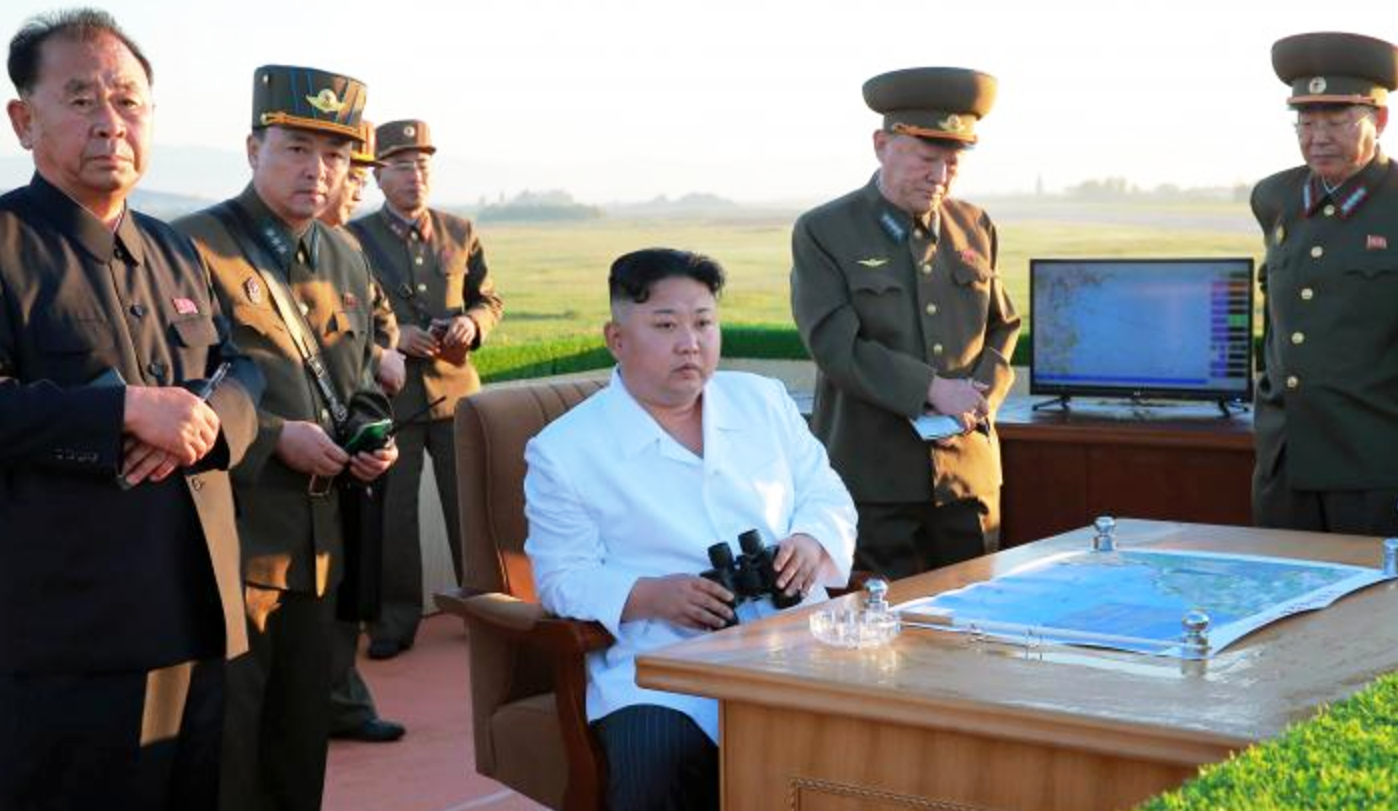
Sustaining and stabilizing a semi-starving and totally brainwashed populous of 25 million, who already live in a country with crumbling infrastructure before a war, will be a generational project that will make Iraq look like a sideshow. Everything from a deadly insurgency to an entire region stunned by war will be just a couple of the obstacles that will likely be faced after the initial combat phase has ended. The cost of such a project would also be so large it is hard to even fathom. And there are real chances that such a war could lead to a wider conflict—one involving China.
Maybe the most troubling part of all this is that it seems we are becoming totally desensitized to the North Korean threat. Sure it’s scary, but it seems that even those in power just shrug, make empty threats, and moves on with their day. But this will catch up with us in a very nasty way if left unchecked.
We must confront the issue now creatively using a multi-pronged comprehensive strategy. At least this way if war comes to the Korean Peninsula we would know that we did everything we could to avoid it while still looking out for our own interests and for those of our allies in the region.
Contact the author: Tyler@thedrive.com
